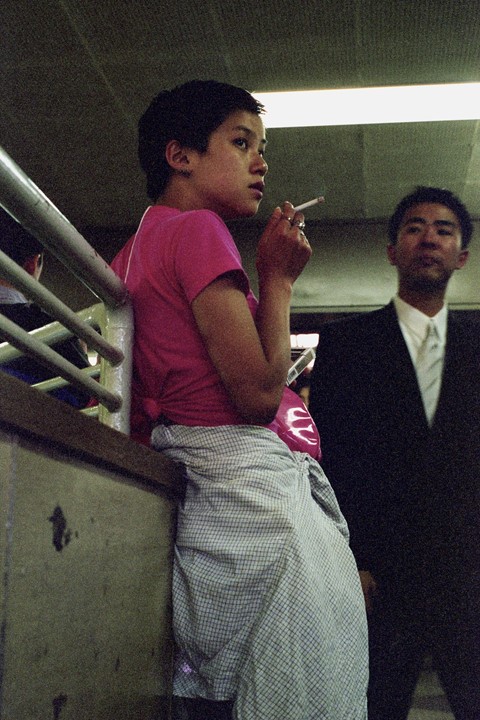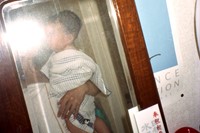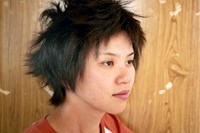Celebrated Japanese photographer Yurie Nagashima’s new book compiles 140 of her self-portraits, taken between 1992 and 2016
Yurie Nagashima’s new book traces her photography career via 140 self-portraits. The book, published by Dashwood and entitled Self-Portraits, goes back to 1992, when the Japanese photographer first photographed herself, and features images dating up to 2016. Nagashima first began taking self-portraits at university, and has returned to the genre continuously over the years since studying in Japan and the USA and then embarking on a career as a photographer: from candid early nudes to tender moments with her young son. “In this book, I sequenced the images chronologically, so you can see the change. My personal interests also changed, and ageing, too, is just another cause,” the photographer says in an interview in Self-Portraits with Aperture’s Lesley A Martin. “When I was young, I thought my body was my own property so I could do whatever, but my son changed that idea completely. I think that my photographs – both set-ups and snap shots – are quite personal.”
Though her subject matters are personal, Nagashima sees her photography as something everyone can relate to, and likens her work to storytelling and creating narratives. She also describes her work as “performative and political”, and some of her early series – photographs of her and her family nude, created in the 90s as a means of separating the body in photography from a sexual context, for example – speak to how she has used photography to subvert accepted ideas, from a distinctly feminist viewpoint. Through her raw and radical photography, Nagashima was questioning the way that women were traditionally depicted in photographs. Earlier this year her book From their onnanoko shashin to our girly photo was published, a history of Japanese female photography from 1990 and 2014 and the misunderstandings, discrimination and discourses surrounding it. Its title refers to the reductive term used to group her and her peers, who were making waves in the image-making world as young female artists, in the 1990s: ‘girl photography’.
Nagashima’s self-portraits, as well as her work beyond in portraiture, street photography, still life and photography theory, have situated her as one of Japan’s most celebrated and exciting contemporary image-makers. As Self-Portraits is published, Nagashima tells AnOther about her start in self-portraiture, why her work is both personal and political, and how she’s always considering the viewer’s reaction to her images.
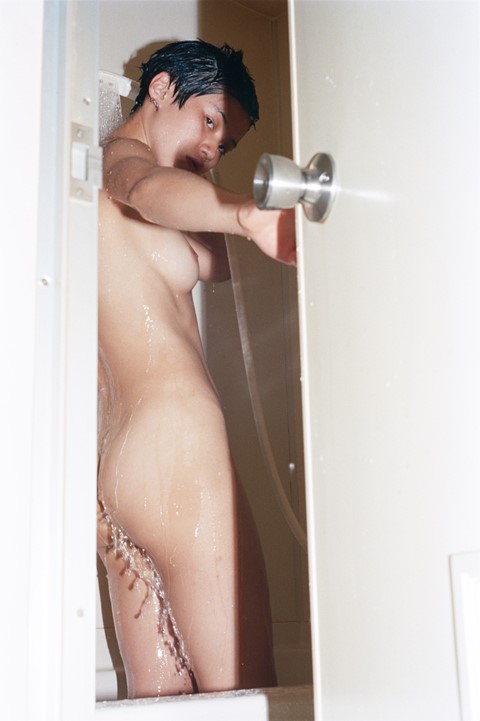
Belle Hutton: What drew you to self-portraiture when you first began photography? Why do you think you have continued returning to it over the years?
Yurie Nagashima: At the very beginning, it was for an assignment at art school. When I was sophomore, our photo teacher gave it to us for the summer to make portraits of Japanese people. I’d bought a non-refundable ticket to Europe to go on a backpacking trip, so I asked him if I could make portraits of Europeans instead. Unfortunately, he didn’t like my idea, so I took pictures of myself, a Japanese citizen on a trip abroad. Initially I took photos of my shadow or reflections in windows or mirrors, but soon I began to use tripods and a self-timer.
I believe that taking self-portraits means a lot to a great many people. Otherwise, why is everyone always taking selfies? Especially for women, for whom too often it is not about who we are, but about how we look. I want to subvert such an unfortunate criterion, and I believe that self-portraiture is a powerful approach to do so.
BH: Why did you decide to do this book now?
YN: I once had a book of my early self-portraits published in 1995, but the publisher went bankrupt six months later, and the book went out of print right away. Though the new book includes many images from the former self-portrait book, the concept of the book is totally different. The new book is more about showing a woman’s history. I thought that it’s the most interesting part of this book; how a woman ages going through so much.
BH: You originally showed the self-portraits as a slideshow as part of an exhibition – why did you decide on the slideshow format? How has it been translating that into a book?
YN: Originally, it was supposed to be shown as a series of C-prints. For that exhibition, we just didn’t have enough space and an adequate budget to print them all.
BH: How does it feel to look back on your years of self-portraits in this way? Is looking over your archive something you enjoy?
YN: I don’t think I “enjoy” looking at my past work, I guess ... I am sure that most of my artist friends know what I mean by that. I’ve never thought that way.
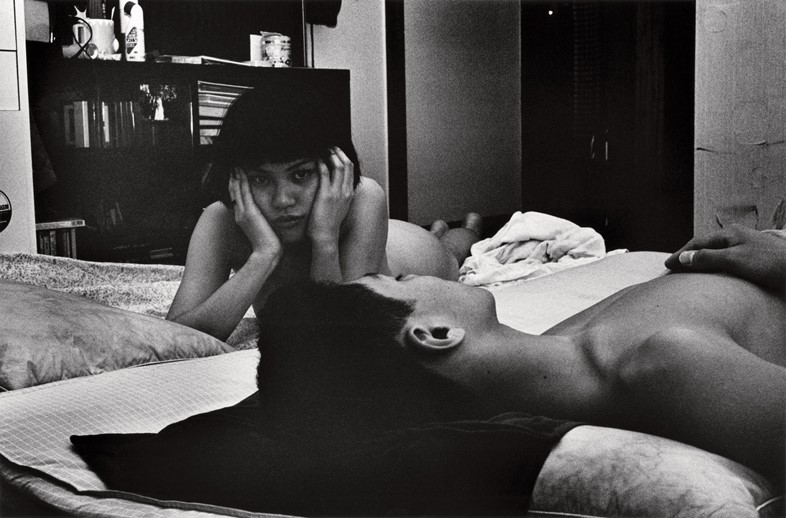
BH: In your interview with Lesley A Martin you say: “When I was young, I thought my body was my own property so I could do whatever, but my son changed that idea completely.” In what ways has your view on self-portraiture changed over your photography career?
YN: When I said what I said to Lesley, I wasn’t talking about my work but my own body. To avoid readers getting confused, let’s forget about the quote and I will just answer your question. The answer is, sorry, I have no idea.
BH: You’ve described your photography as personal – how does it feel to make such personal work available for all to see? Has sharing in this way always come naturally to you?
YN: I also describe it as political and performative. By the way, to me what’s most unnatural is when a portrait looks “natural”, because in it I sense some kind of acting. Usually, when someone takes a photo of a very personal moment, your “real” natural reaction would not be to respond like that. It’s the same for me. Those photographs are my art work, thus I am not just showing my personal life. Maybe I use the term “personal” with a different definition as yours. To me it’s akin to making movies or writing novels that can make viewers/readers feel that they are very personal.
BH: Do you have a particular favourite photo from the book, or one which is especially resonant for you to look back on?
YN: I don’t think it’s that important whether I have an image to choose for the question. I am more intrigued by what was yours, which is resonant for you to look back on your life.
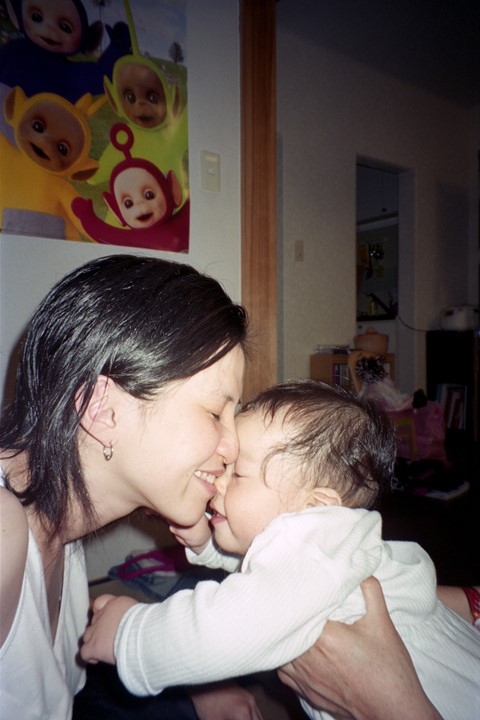
Self-Portraits by Yurie Nagashima is published by Dashwood Books.
